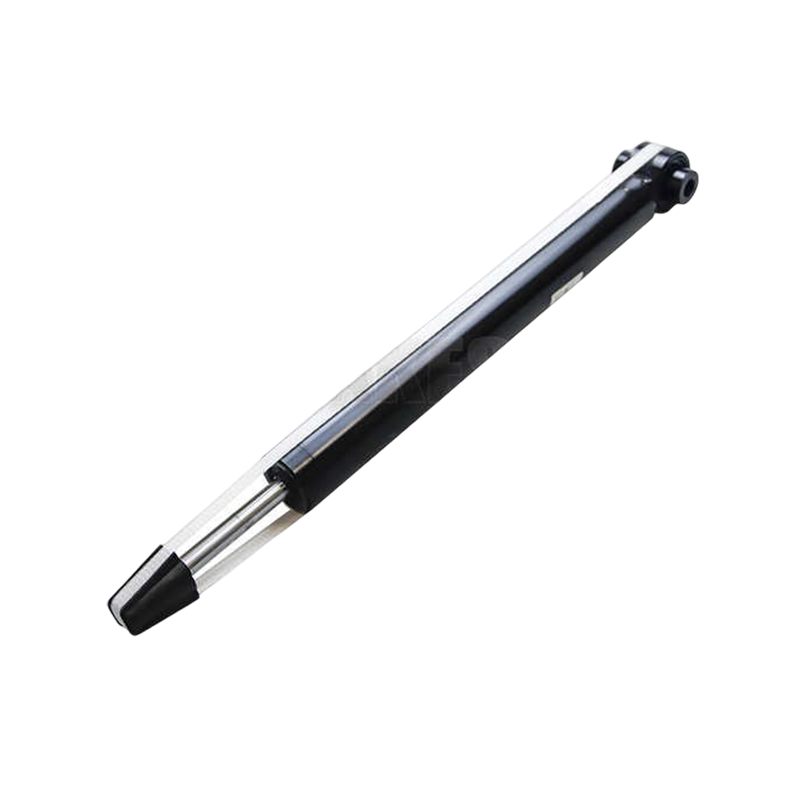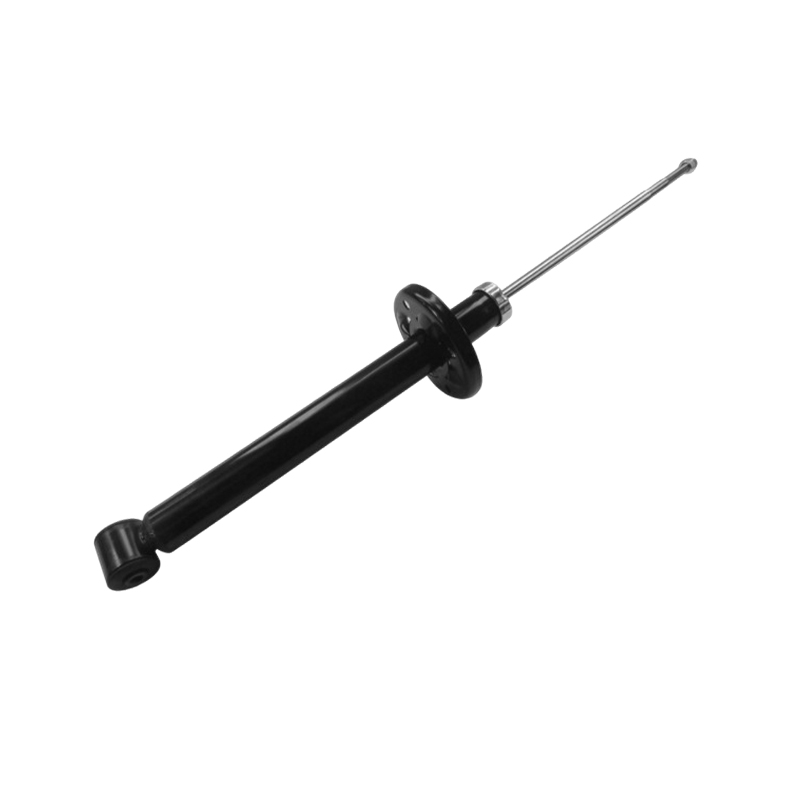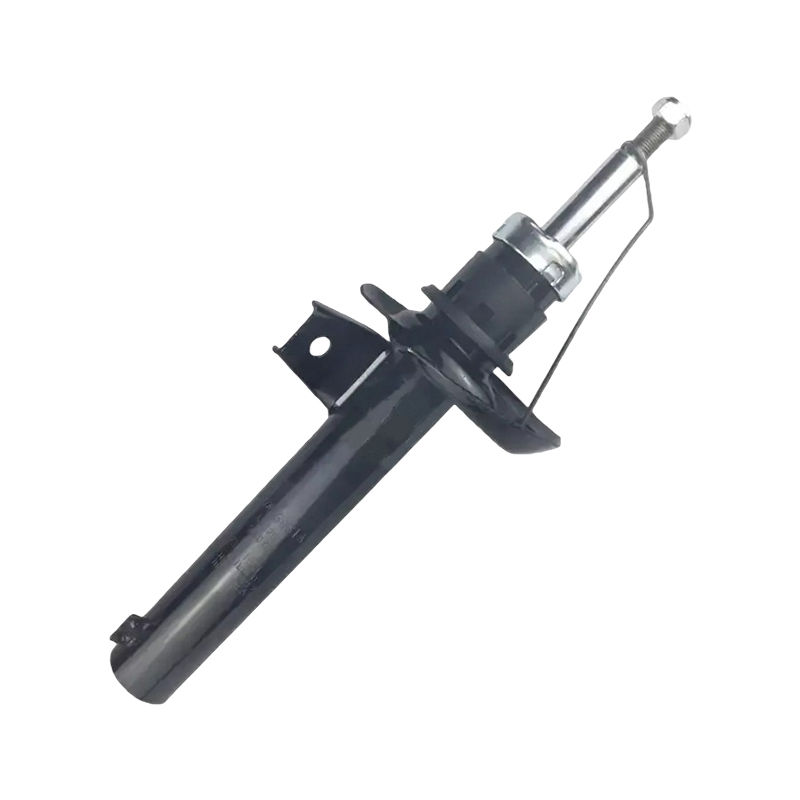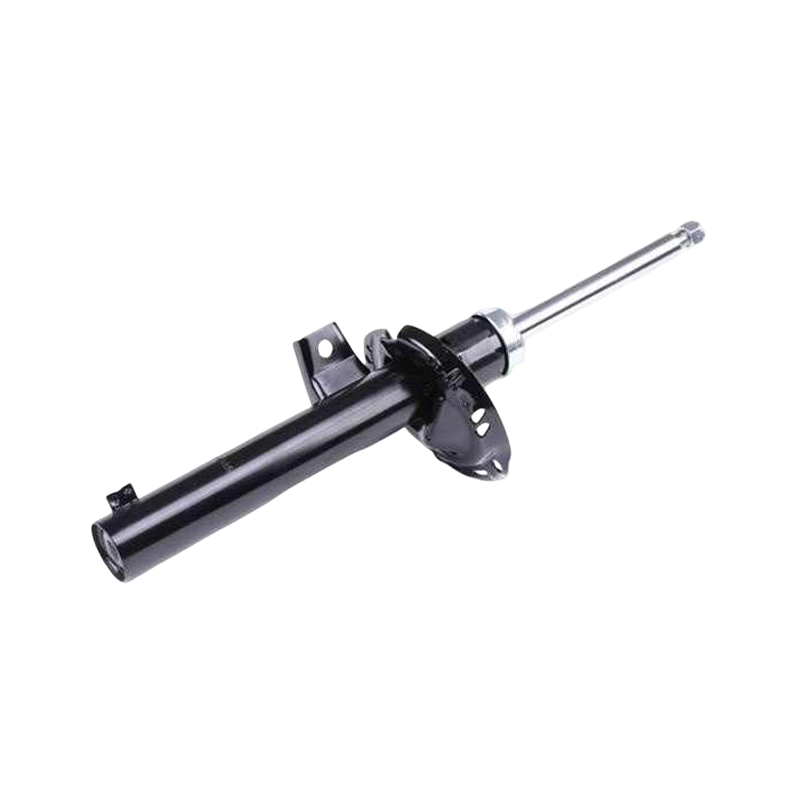How does the viscosity of a car's shock absorber oil match the requirements of extreme temperature conditions?
Release Time : 2025-09-19
The viscosity of automotive shock absorber fluids must maintain stable damping properties under extreme operating temperatures. The matching strategy must focus on optimizing viscosity-temperature characteristics, base oil selection, and the coordinated design of additives to address the dual challenges of low-temperature solidification and high-temperature thermal attenuation.
Under low-temperature operating conditions, oil viscosity increases dramatically as temperature decreases, leading to an abnormally increased damping force, sluggish shock absorber operation, or even failure. For example, in northern winter, ordinary oils may lose fluidity due to excessive viscosity, causing shock absorber lockup. To address this issue, low-pour-point base oils, such as silicone oils or low-viscosity esters, are used. These oils maintain good fluidity at low temperatures. Furthermore, the addition of viscosity improvers (such as polymethacrylates) enhances the oil's viscosity-temperature performance, minimizing the temperature-dependent viscosity change. This ensures that oil viscosity remains within a reasonable range even in low-temperature environments ranging from -40°C to -20°C, preventing uncontrolled damping force due to sudden viscosity changes.
Under high-temperature operating conditions, oil viscosity decreases significantly due to the rising temperature, resulting in a reduction in damping force and an inability of the shock absorber to effectively attenuate vibrations. For example, in the summer heat or during continuous high-intensity driving, this decrease in oil viscosity can cause the shock absorber to soften, affecting vehicle handling and stability. To address this issue, high-viscosity index base oils, such as synthetic hydrocarbons or silicone oils, are required. These oils maintain high viscosity stability at high temperatures. Furthermore, the addition of antioxidants and anti-wear agents can delay oil oxidation and mechanical wear at high temperatures, preventing further viscosity loss due to oil performance degradation. Some high-performance shock absorbers also utilize composite additive technology to synergistically improve the oil's thermal and oxidative stability, extending its service life in high-temperature environments.
Under extreme temperature conditions, oil viscosity matching must also consider compatibility with the shock absorber structure. For example, in low-temperature environments, excessively high oil viscosity may increase piston resistance in shock absorbers and accelerate seal wear. Conversely, in high-temperature environments, excessively low oil viscosity may cause leakage and compromise the shock absorber's sealing performance. Therefore, oil viscosity selection must be optimized in conjunction with parameters such as the shock absorber's valve system structure, sealing materials, and cylinder clearance. For example, shock absorbers using a small-bore throttle valve system require an oil with moderate viscosity to ensure sufficient damping force through the throttle orifice at low temperatures while preventing loss of throttling effect due to excessively low oil viscosity at high temperatures.
Furthermore, the oil's anti-foaming properties are equally critical in extreme temperature conditions. In low-temperature environments, increased oil viscosity can inhibit foam dissipation, causing it to accumulate and impacting the continuity of the damping force. In high-temperature environments, the reduced solubility of air in the oil facilitates the formation of bubbles and cavitation. To address this issue, anti-foaming agents are added to the oil to reduce surface tension and accelerate the collapse and dissipation of bubbles. At the same time, optimizing the oil formulation reduces the contact area between the oil and air, thereby lowering the likelihood of foaming.
In practical applications, oil viscosity matching also needs to take into account vehicle usage scenarios and regional differences. For example, vehicles used in cold regions require an oil with a lower pour point and better viscosity-temperature performance to ensure proper operation in extremely low temperatures. Vehicles used in tropical regions require an oil with improved thermal and oxidative stability to mitigate performance degradation in high-temperature environments. Furthermore, for high-performance vehicles or special-purpose vehicles (such as racing cars and off-road vehicles), specialized oils must be custom-developed based on the specific requirements of their shock absorbers to meet performance demands under extreme operating conditions.







